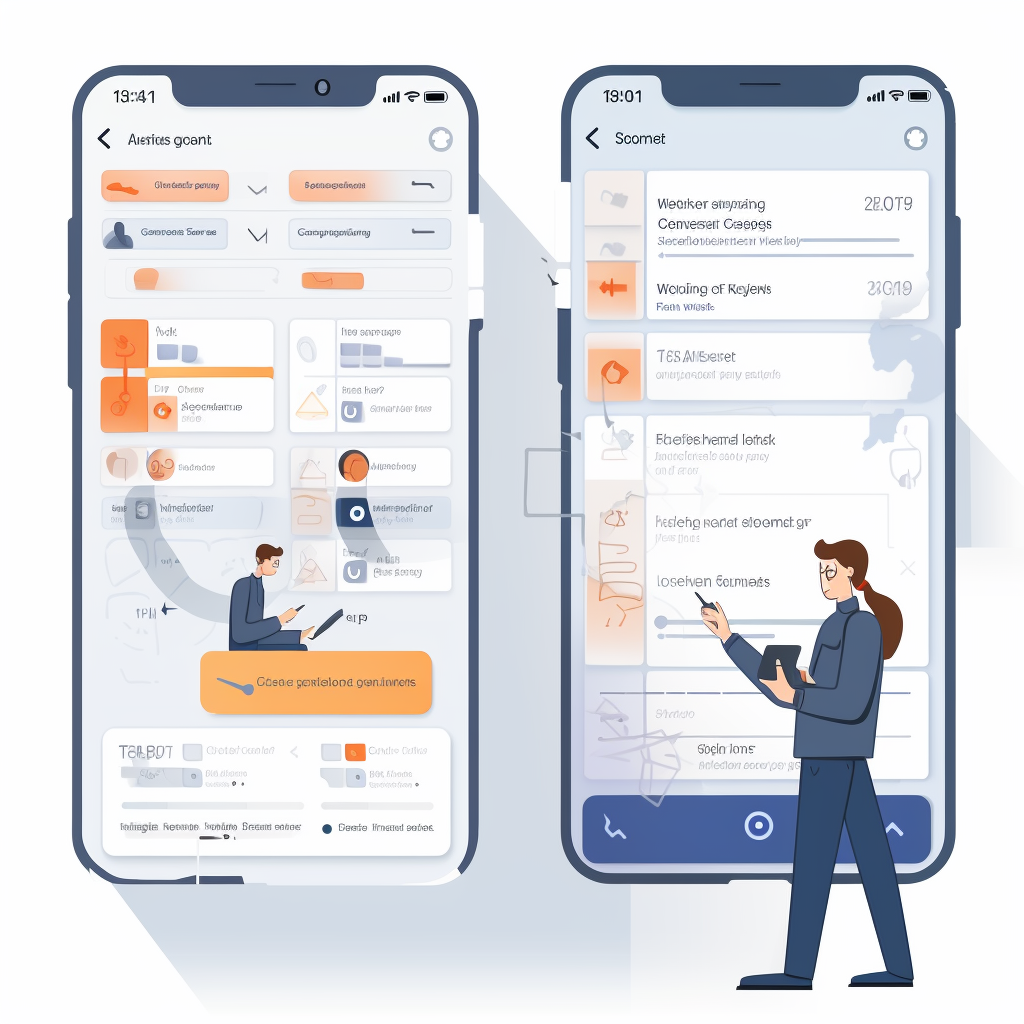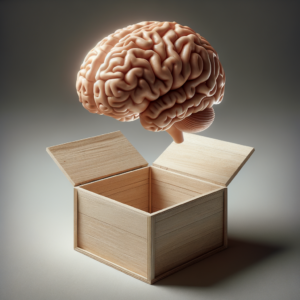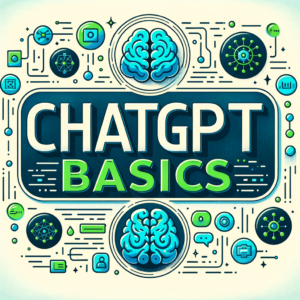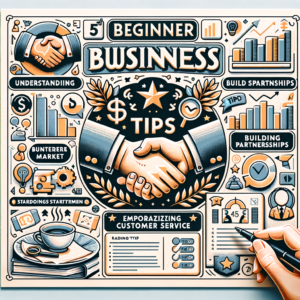Introduction
Product management is a dynamic field that incorporates various methodologies to bring products from conception to market. Three of the most prevalent workflows in product development are Agile, Scrum, and Waterfall. Each methodology has its unique characteristics, advantages, and challenges, catering to different project requirements and team dynamics.
Agile Methodology
Agile is a flexible and iterative approach to product development. It focuses on continuous delivery and customer feedback, with an emphasis on adapting to change. Agile breaks the product development process into smaller segments, known as iterations or sprints. Each sprint results in a potentially shippable product increment, allowing teams to regularly evaluate and adjust their approach based on feedback and changing requirements.
Key Characteristics:
- Emphasizes flexibility and responsiveness.
- Focuses on customer feedback and iterative development.
- Encourages regular reflection and adaptation.
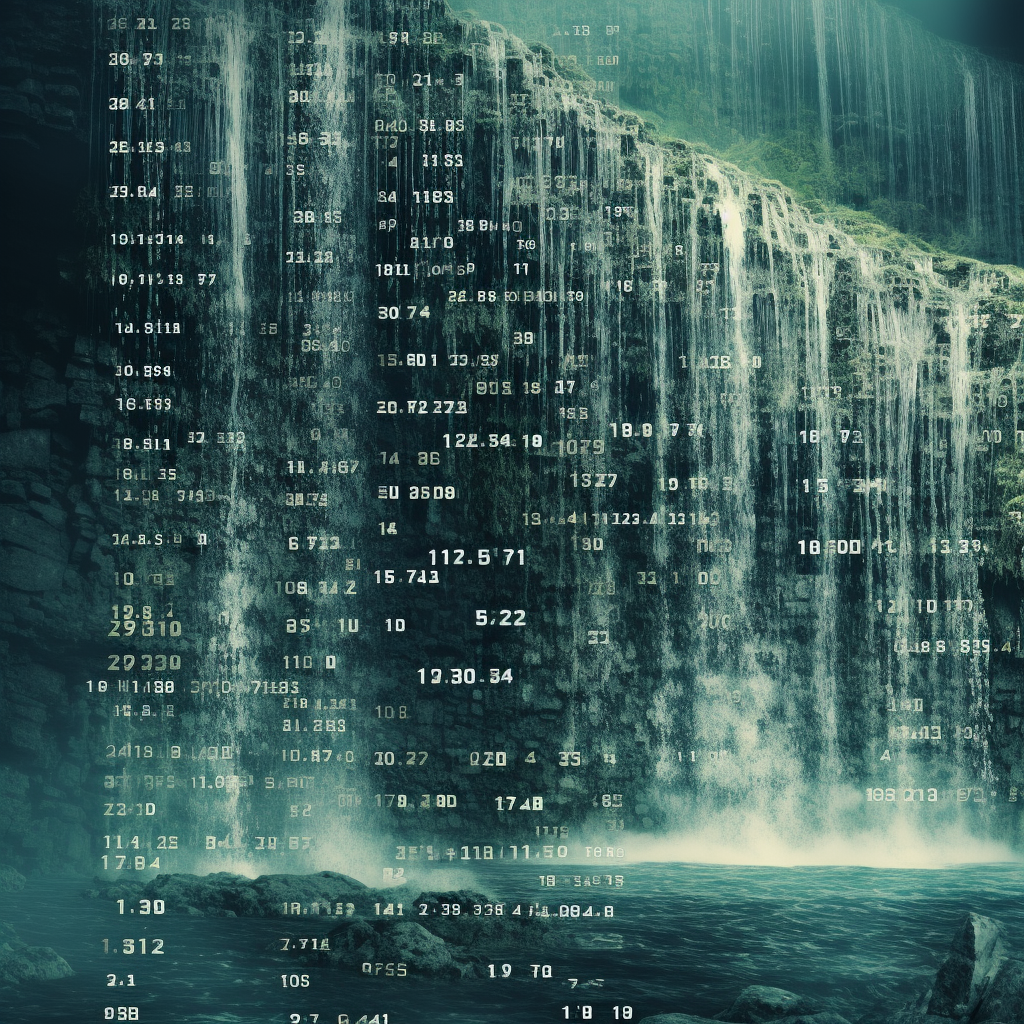
This image was generated using the Discord AI platform.
Scrum Framework
Scrum is a subset of Agile, providing a more structured approach to implementing Agile principles. It involves specific roles (Scrum Master, Product Owner, and Development Team), ceremonies (such as daily stand-ups, sprint planning, sprint reviews, and retrospectives), and artifacts (like product backlogs and sprint backlogs). Scrum aims to improve team collaboration and project transparency.
Key Characteristics:
- Follows a defined set of roles and ceremonies.
- Promotes team collaboration and transparency.
- Works in time-boxed sprints, typically 2-4 weeks long.
Waterfall Model
In contrast to Agile and Scrum, the Waterfall model is a linear and sequential approach. It divides the project into distinct phases, with each phase depending on the deliverables of the previous one. Common phases include requirements, design, implementation, testing, deployment, and maintenance. Waterfall is often chosen for projects with well-defined requirements and where changes are not expected during the development process.
Key Characteristics:
- Follows a linear and sequential process.
- Each phase depends on the completion of the previous one.
- Best suited for projects with well-defined requirements.
Comparing the Methodologies
- Flexibility and Adaptation: Agile and Scrum excel in environments where requirements are expected to change, offering flexibility to adapt to evolving needs. Waterfall, with its linear approach, is less adaptable to change once the project is underway.
- Project Visibility and Collaboration: Scrum enhances team collaboration and project visibility through its defined roles and regular meetings. Agile, while less structured than Scrum, also promotes teamwork and frequent reassessments. Waterfall, on the other hand, can silo teams into distinct phases, potentially reducing collaboration.
- Risk Management: Agile and Scrum allow for early discovery of issues through continuous testing and feedback, reducing risks
associated with product development. Waterfall, with its sequential design, may only reveal issues in later stages, making them more costly and time-consuming to address.
- Project Planning and Control: Waterfall’s structured approach allows for detailed upfront planning, making it easier to estimate timelines and budgets. In contrast, Agile and Scrum’s iterative nature can make long-term planning more challenging, though they offer greater flexibility to adjust as the project evolves.
- Customer Involvement: Agile and Scrum methodologies involve the customer throughout the development process, ensuring that the final product aligns closely with their needs. Waterfall typically involves customer input primarily at the beginning and end of the project.
Choosing the Right Methodology
The choice between Agile, Scrum, and Waterfall depends on various factors such as project size, complexity, customer requirements, team dynamics, and the degree of uncertainty.
- Agile is ideal for projects where rapid product releases and frequent changes are anticipated.
- Scrum suits teams looking for a structured approach to managing complex projects while retaining Agile’s flexibility.
- Waterfall is best suited for projects with clear requirements and no expected changes during development.
In conclusion, understanding the differences between these methodologies is crucial for effective product development. Agile and Scrum are best suited for dynamic projects requiring flexibility and customer involvement, while Waterfall is more appropriate for projects with well-defined requirements and less likelihood of change. The key to successful product management and development lie in selecting the methodology that best aligns with the project’s goals, team composition, and customer needs, ensuring a smooth journey from concept to market.
Check out Introduction to Scrum Master Training, a high recommended course in Coursera.

